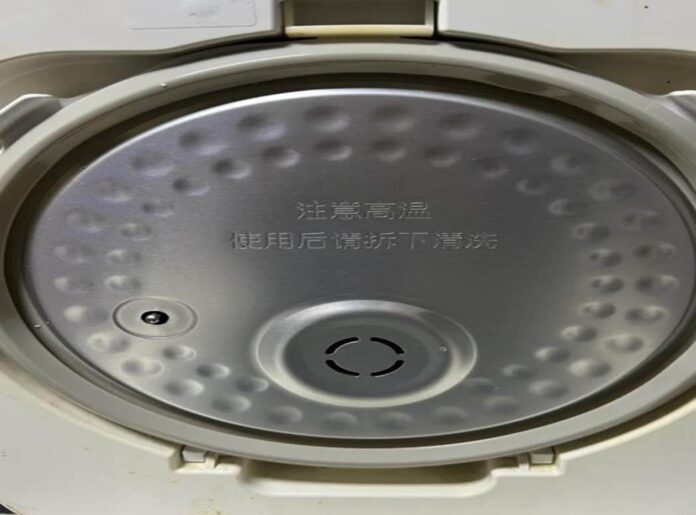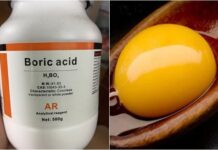Over time, your rice cooker may start to show signs of wear, with slower cooking times, rice sticking to the bottom, and altered rice flavors. While it may be tempting to blame these issues on the age of your appliance, the truth is that a build-up of dirt and grime in certain areas can also be the culprit.
Inner Lid of the Rice Cooker
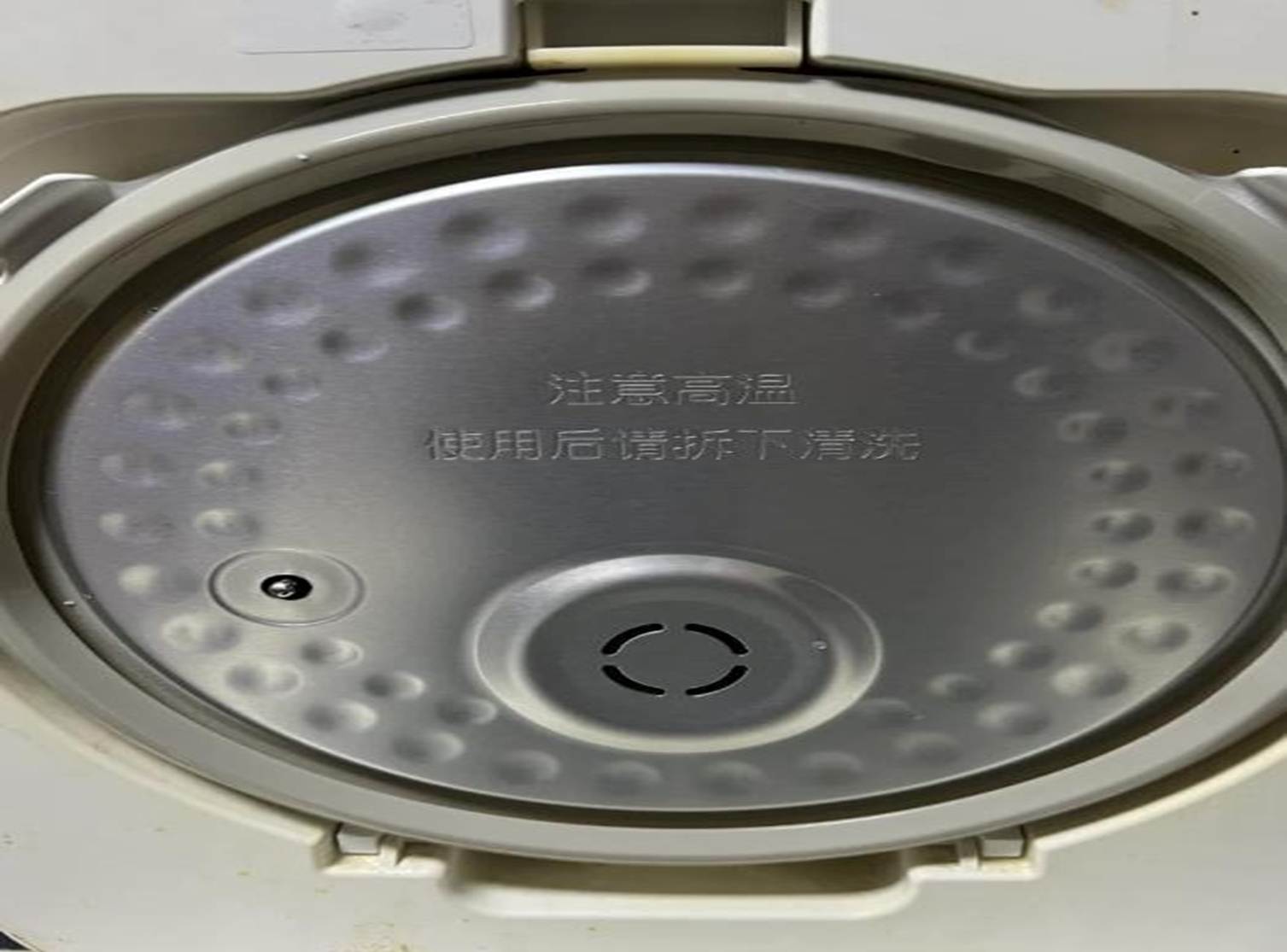
During cooking, moisture escapes through the external steam vent, but some condensation also collects on the inner lid. If this area is not kept clean, bacteria can form and drop into your rice, posing a potential health risk. To clean, simply wipe down the inner lid with a damp cloth after each use to remove any built-up grime.
Rubber Gasket in the Lid
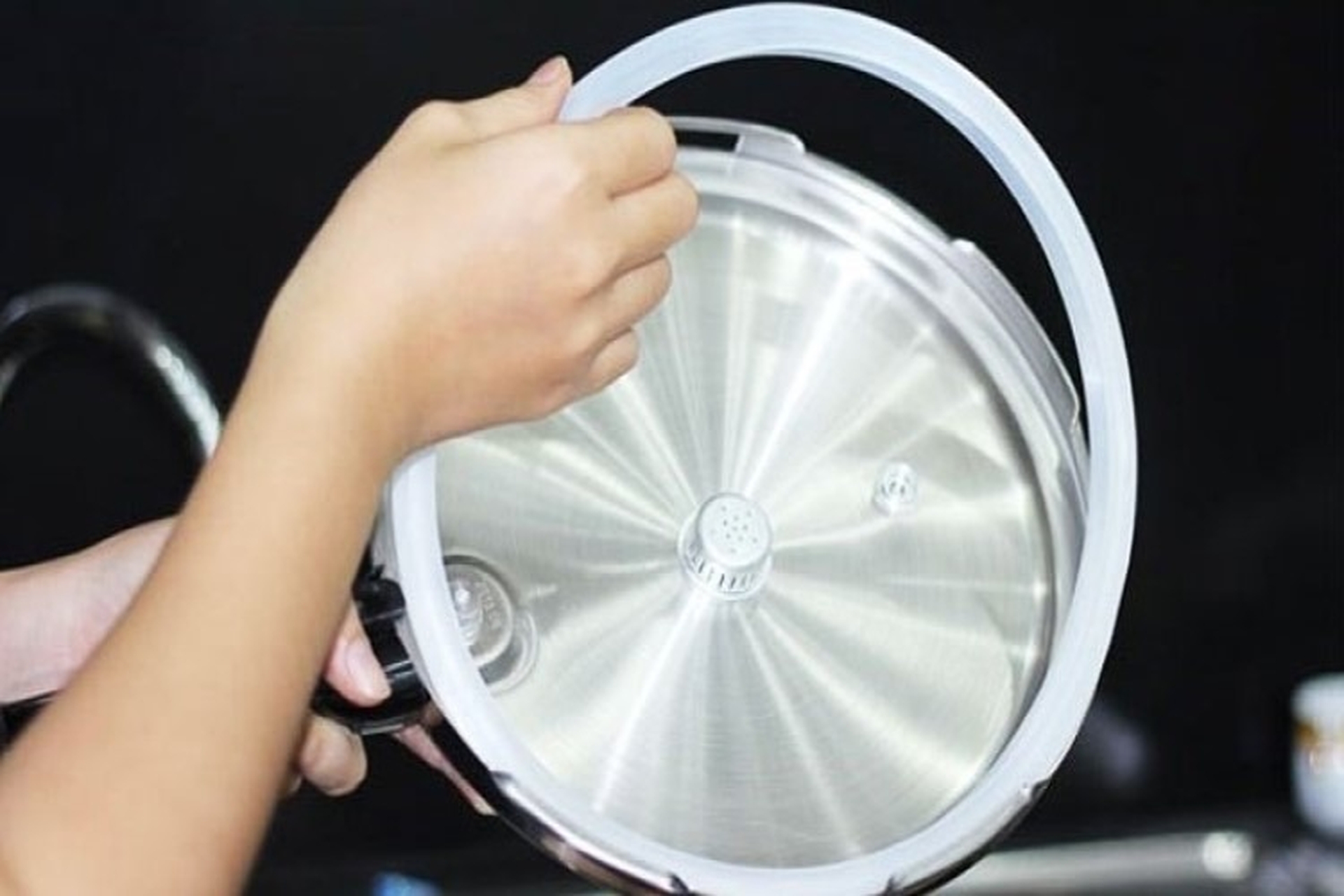
The rubber gasket sits around the rim of the rice cooker’s lid and is responsible for creating an airtight seal between the lid and the body of the cooker. This helps to retain heat and prevent steam from escaping. However, it is also one of the dirtiest areas of the rice cooker, as food residue and steam can build up, reducing the effectiveness of the seal and providing a breeding ground for bacteria.
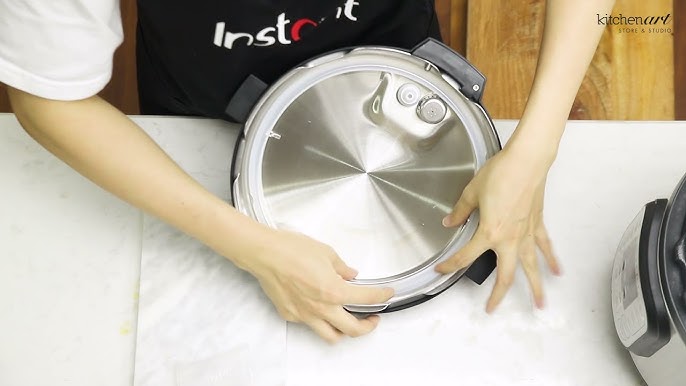
To clean: Unplug the cooker and allow it to cool down. Remove the gasket from the lid for cleaning. If it cannot be detached, clean it in place. Wash the gasket with mild soap and water, using a soft sponge or small brush to gently scrub away any built-up residue. Rinse thoroughly and dry with a clean cloth or paper towel before reattaching it to the lid.
Base of the Rice Cooker
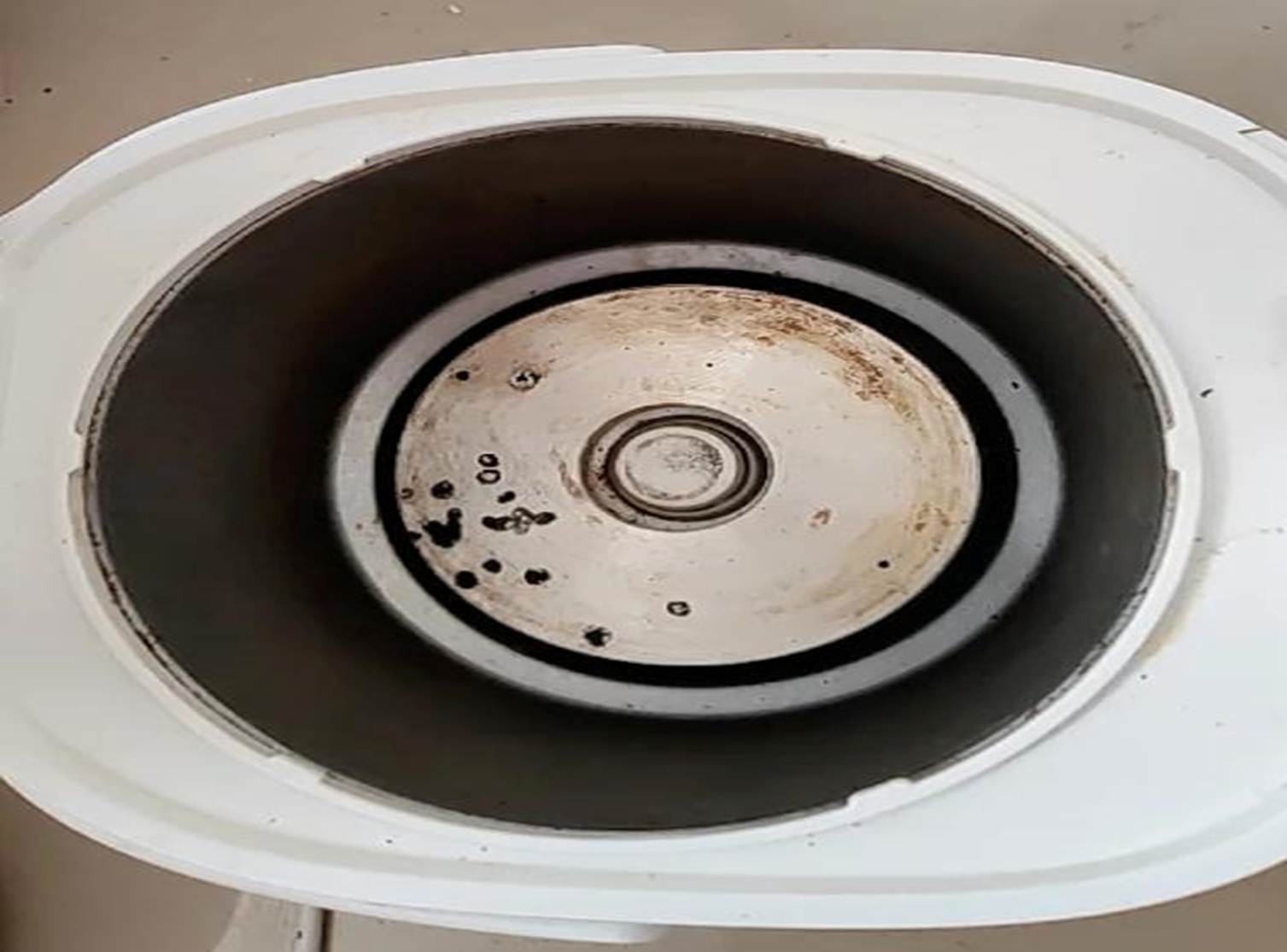
The heating plate at the base of the rice cooker is where you place the inner pot. Over time, rice grains or cooked rice may fall onto this component, and if left unattended, they can burn and leave stains. This can affect the efficiency of heat transfer, resulting in higher electricity consumption and poorer cooking performance. To maintain optimal performance, regularly inspect and clean the heating plate using toothpaste and a toothbrush to scrub away any built-up residue in the crevices.
Steam Vent
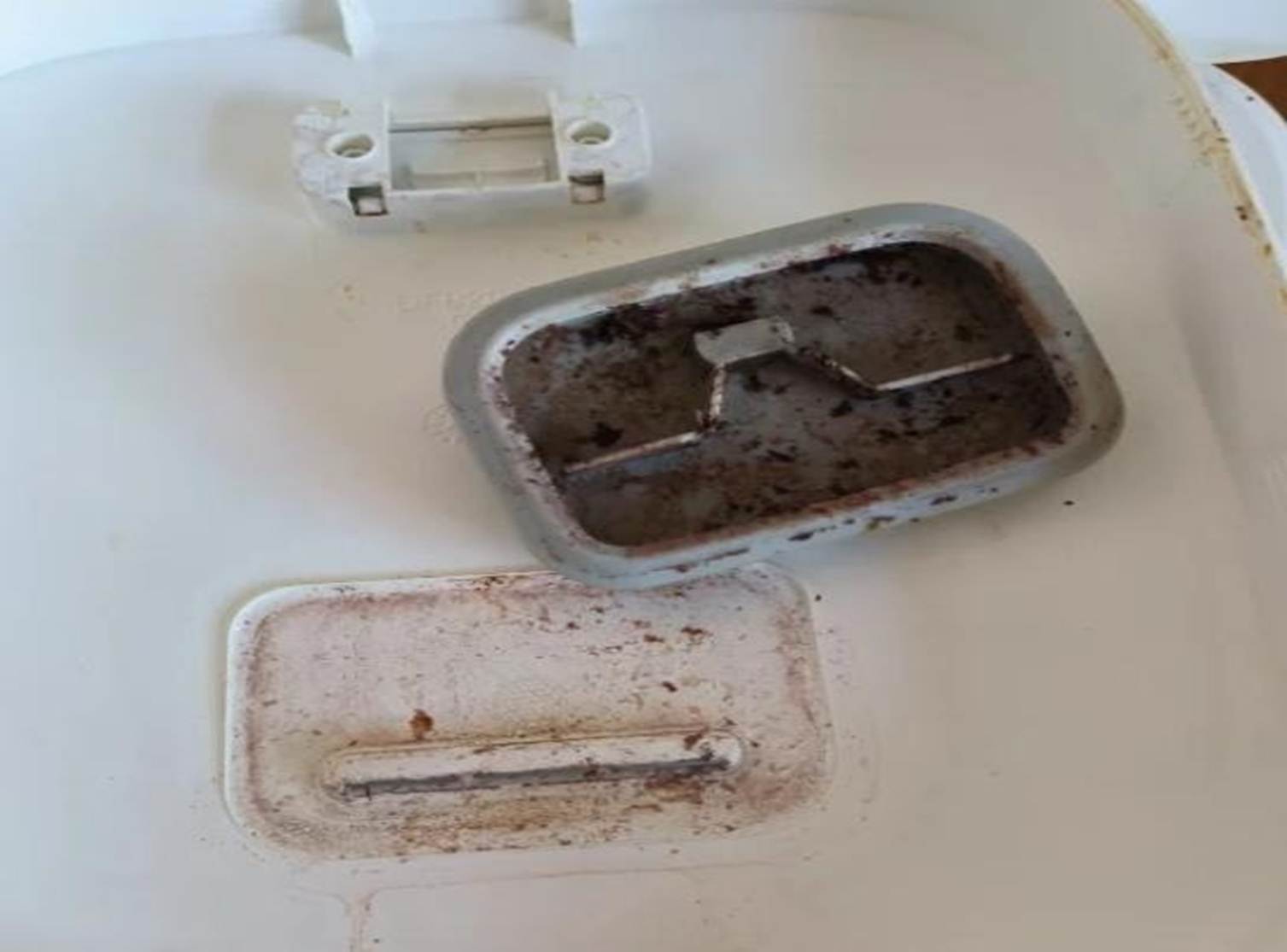
A blocked steam vent will increase cooking times and provide an ideal environment for bacterial growth. Regular cleaning of the steam vent will not only improve the taste of your rice but also reduce cooking times significantly. Simply open the vent and rinse it thoroughly with clean water, using a toothbrush to gently scrub away any residue.
Electronic Panel and Plug
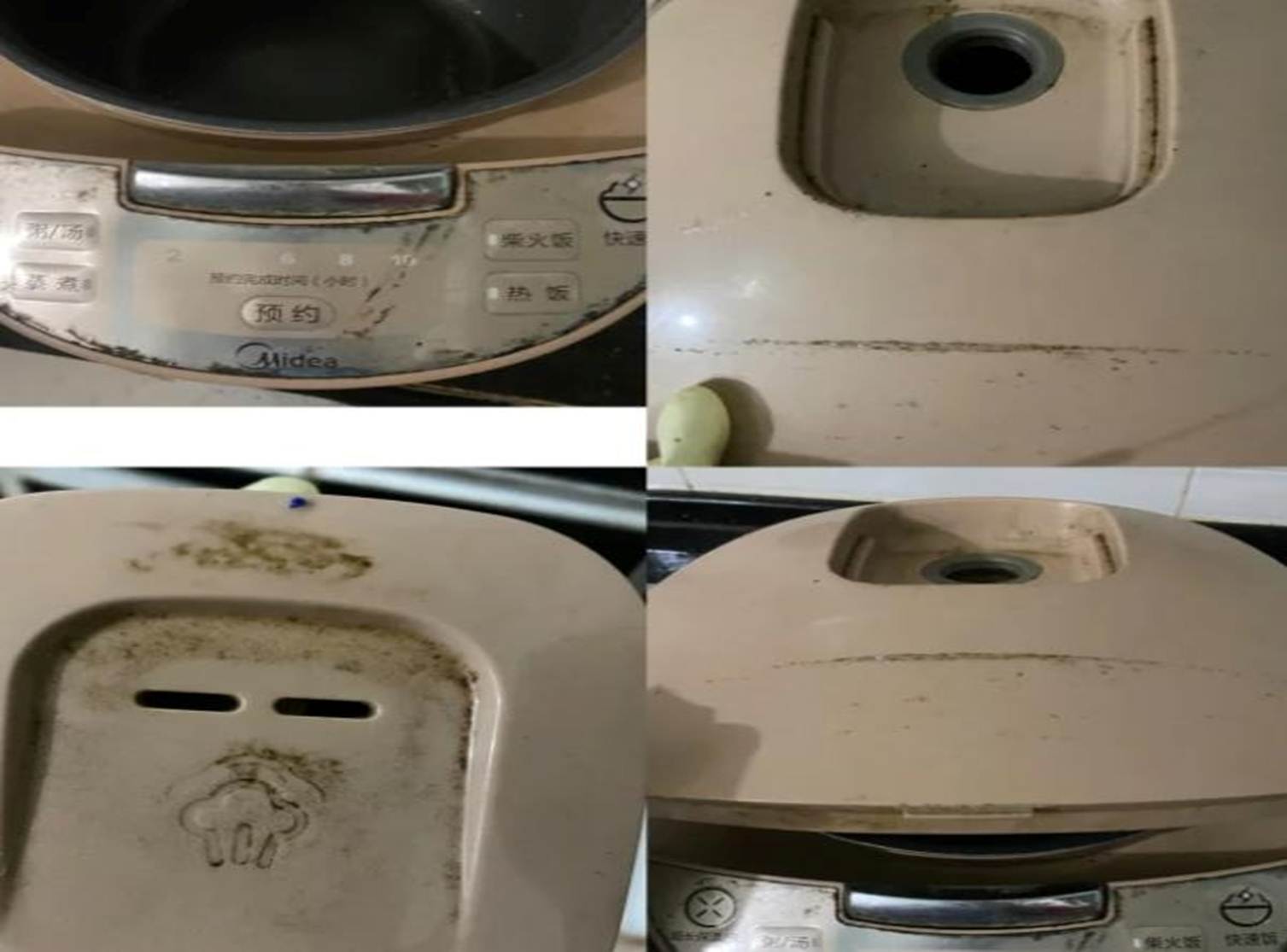
If your rice cooker is taking longer to cook or the rice isn’t tasting quite right, it could be due to a dirty electronic panel or plug. Be sure to regularly inspect and clean these areas with a dry cloth to remove any dust or grime. However, never use water to clean the plug, as this could be hazardous.
Source: Gia đình và xã hội

























